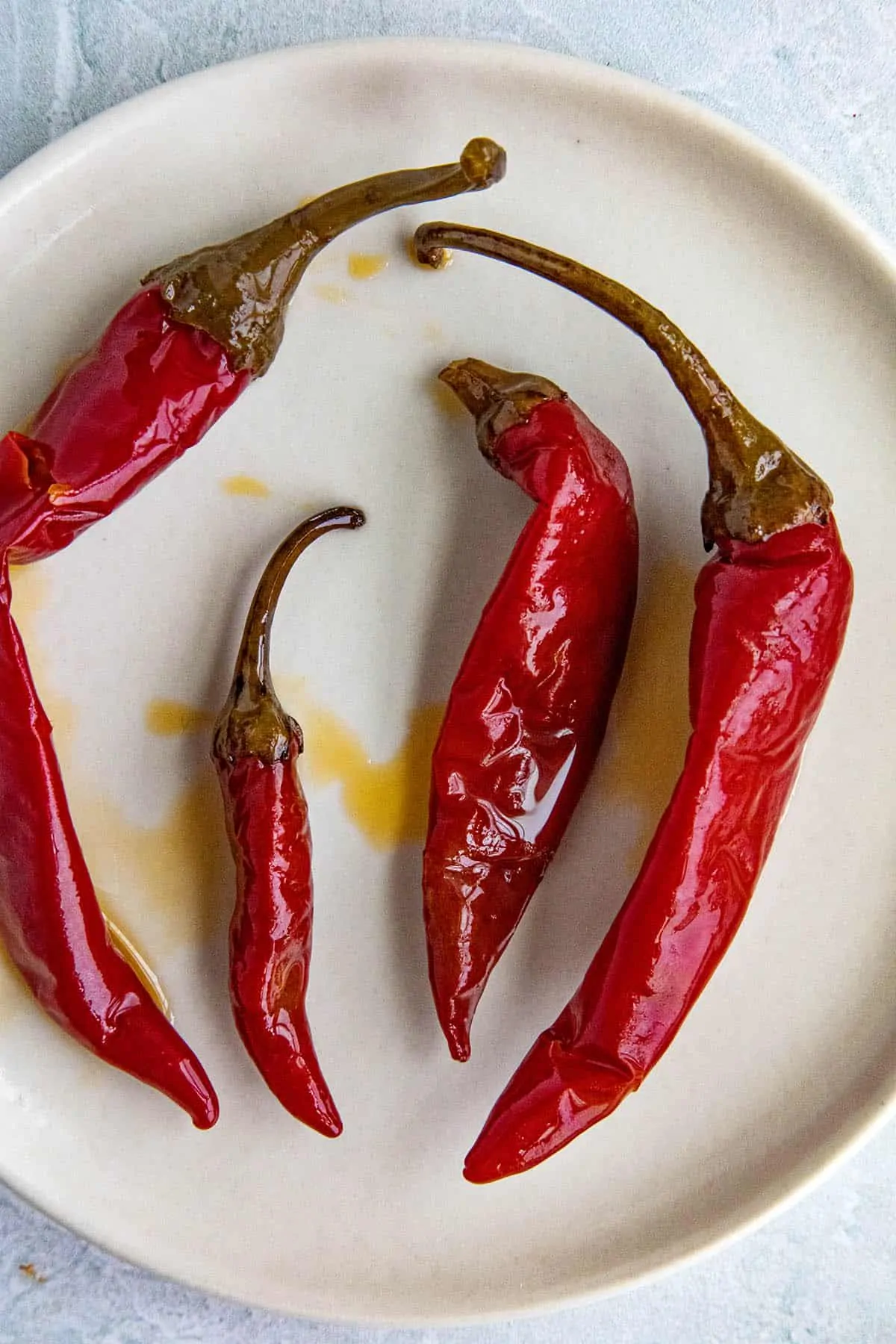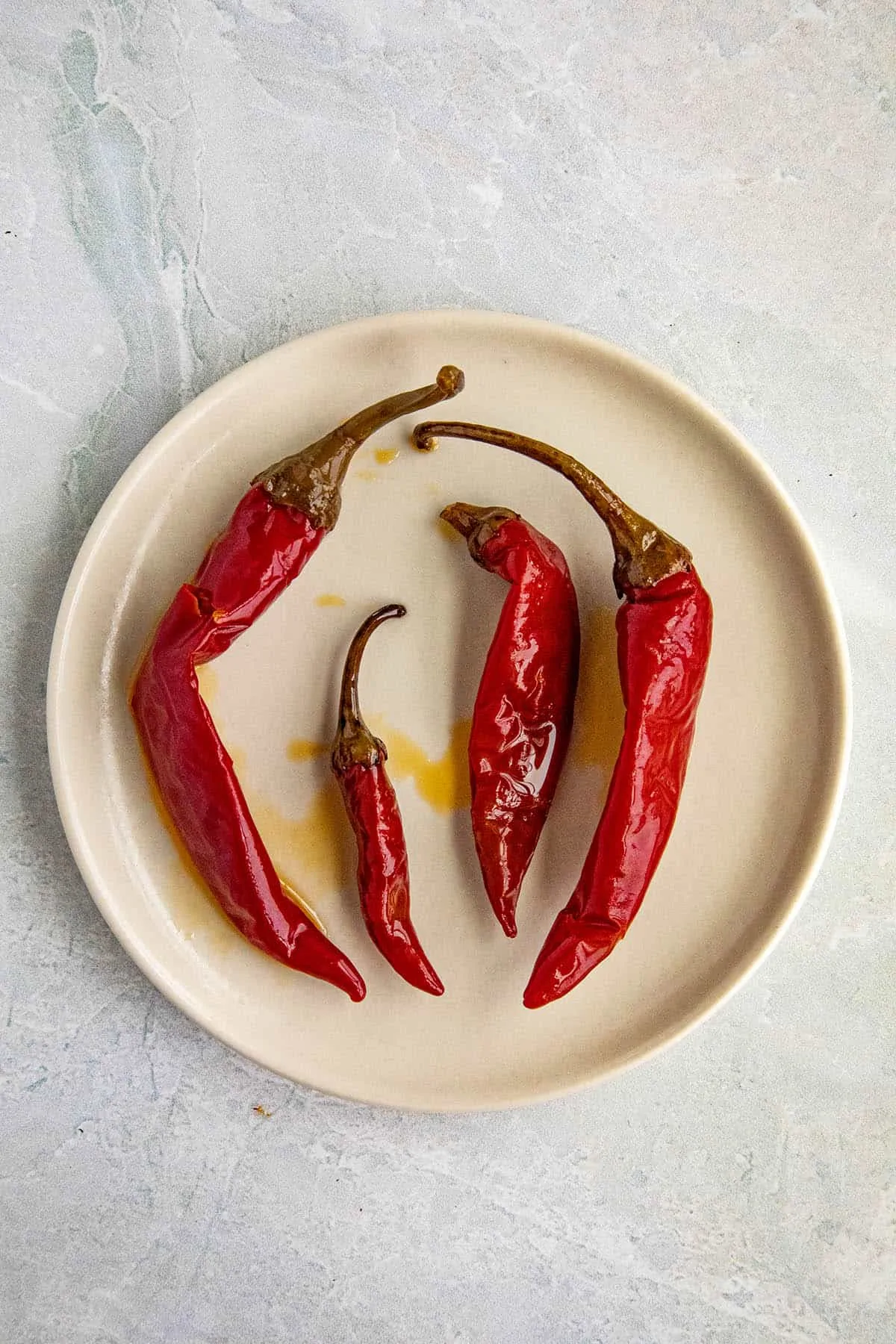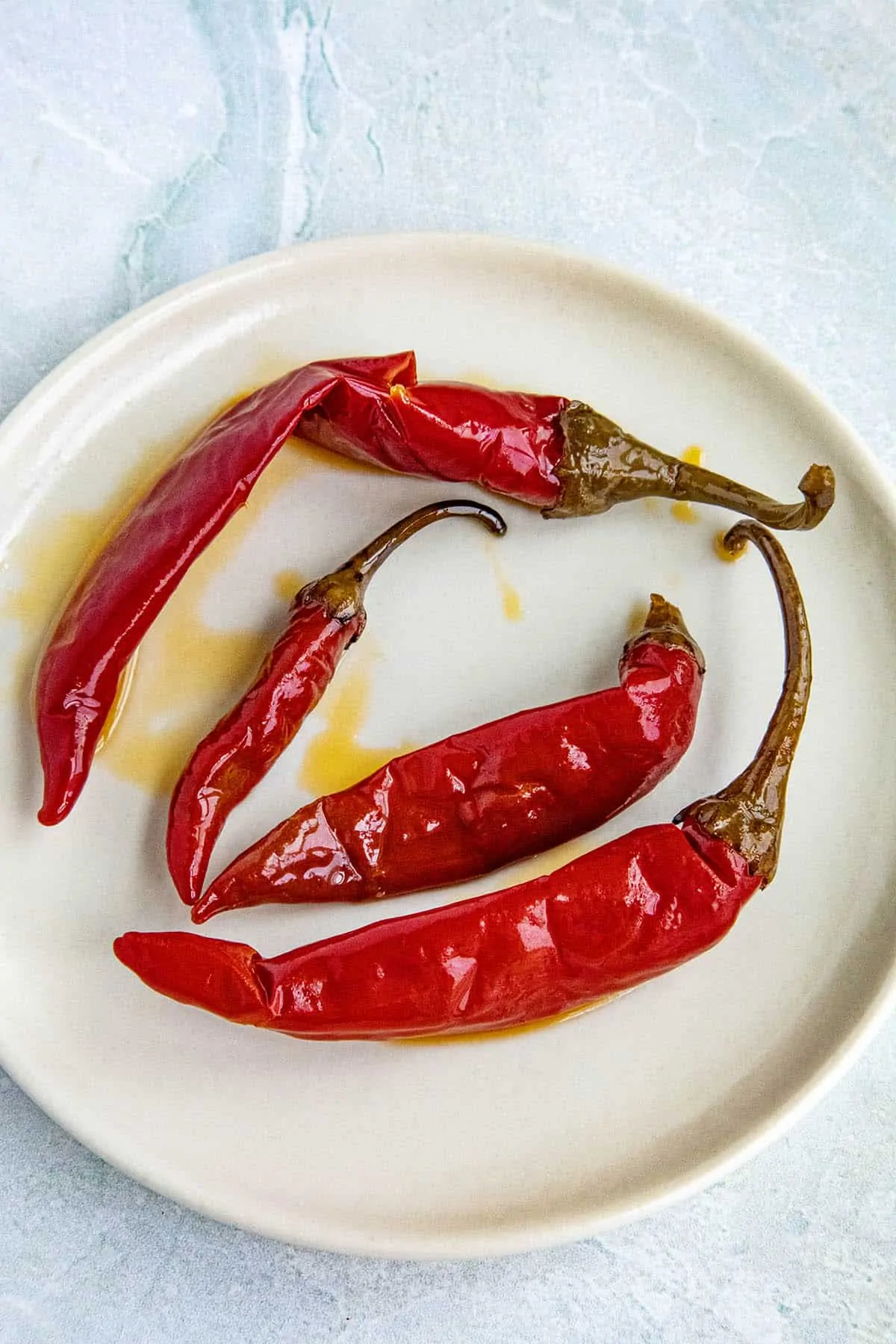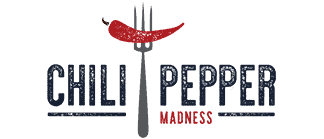The Calabrian chili is a versatile Italian pepper with a rich red color, fruity flavor and a nice level of heat for spicy food lovers. Learn more about them from Chili Pepper Madness.

Scoville Heat Units: 25,000 to 40,000 SHU
Capsicum Annuum
Whether it's our lives or our food, we are always looking for something to spice things up. If you have ventured out into the world of fiery chilis, you already know how a new, smoking hot pepper can make every other bite of your meal more exciting than the last. If you are still new to the playing field, the Calabrian Chili is a great place to get started.
It's important to have a good, reliable chili you can rely on to add both heat and flavor to your masterpiece without overwhelming the senses. One of the most trusted and widely used chilis in this regard is the renowned Calabrian Chili.

What Is Calabrian Chili?
The Calabrian Chili is a pepper commonly used in Italian cuisine. The Calabrian pepper is a remarkable combination of fruity, spicy, and salty that leaves a lasting impression on your tongue. Its versatility as an ingredient makes it a very handy pepper indeed.
Calabrian Chilis can be purchased from your local supermarket or you can search for them online. You will find great variety in the way these peppers are prepared and sold; fresh, dried, pickled, stuffed - you name it. You can even get them packaged in a jar if you would like to preserve them for a longer period of time.
What Does A Calabrian Chili Look Like?
A rusty, dark red in color, Calabrian peppers grow on overarching vines. They are left hanging until they are mature, aged to ensure a fruitier, tangier flavor, as well as a more intense spice. They are relatively small and are shaped like a typical chili with a conical, elongated body originating from the stalk of the plant. When dried, the skin of the Calabrian Chili becomes wrinkled and crunchy.
Where Did Calabrian Chili Come From?
The Calabrian Chili gets its name from the region where it was originally grown and harvested. Calabria in Italy gave birth to this delicious and colorful pepper which has now become a prominent presence in Italian cooking and beyond.
While Calabria produces a number of other chilis, the Calabrian Chili is the region’s signature pepper. While it provides a decent amount of heat, it does not overpower the underlying flavors. It is used in high culinary settings like five-star restaurants, as well as in regular, warm, home-cooked meals alike.
What Does Calabrian Chili Taste Like?
In terms of the spice level of the Calabrian Chili, it ranges between 25,000 and 40,000 Scoville Heat Units on the Scoville Scale, making them somewhat medium heat compared to some of the others out there, which is why they are often eaten on their own. They produce a fruity and refreshing taste on the palate and pair well with most meals and dishes.
When blended and cooked with other ingredients to make sauces and curries, the Calabrian Chili imparts a gorgeous red color and produces an amazing, fruity aroma that adds to the flavor of the dish. The chilies themselves have a fruity and smoky taste, and fill your mouth with a wonderful warmth that accentuates the flavors of your meal. This characteristic makes Calabrian peppers the perfect layering for sauces and condiments.
What Is Calabrian Chili Used For?
The Calabrian Chili is a staple in authentic Italian cooking. It is used across the board in all kinds of pizza, pasta sauces and pasta dishes to add flavor and spice. It is also a great addition to simple foods like sandwiches and salads to make things more interesting flavor-wise.
Its use is common in breakfast items like omelets and frittatas, and it also pairs well with the likes of cheese and chocolate for some light snacking. You will find the Calabrian Chili to be a frequent presence of the ingredients label on most condiment jars across Calabria and the surrounding regions.
Other times, the peppers are infused into olive oil or blended with sauces for concentrated sides and additions to all kinds of dishes. They are frequently combined with oils and vinegar to balance out the heat and maximize the flavor, like this Calabrian chili paste.
You can do this yourself if you have some dried Calabrian Chilis at hand that you can grind up into flakes.
Overall, the taste of the Calabrian pepper is versatile. The flavor persists throughout and beyond the heat of the pepper which makes it a great addition to most dishes and cuisines.
It is popularly used to make Nduja, a delicious spreadable Italian salami meat paste.
Do not be afraid to experiment with this chili in your style of cooking as you may end up discovering a combination that is completely new and absolutely delicious.
What Is A Calabrian Chili Substitute?
Calabrian Chilis have a distinct salty and smoky flavor, which makes it difficult to substitute them in recipes that specifically call for them. If you do not have access to the chilies, you can try looking for Calabrian Hot Chili Oil. If you wish to replace it with another type of chili, consider Serrano peppers, Fresno chilies, or simply use crushed red pepper flakes.

Buy Calabrian Peppers
- Tutto Calabria (affiliate link, my friends!) is a popular Italian brand
- Buy Calabrian Peppers Online at Amazon (affiliate link, my friends!)



Hart says
I recently opened a jar of Calabrian Peppers, and thought to myself, "Gee, these look a lot like Chili de Arbol!".
I looked at the ingredients from the Calabrian peppers and saw that other than the peppers and the oils, the other ingredients were vinegar and oil. Which made me think, could I rehydrate the chili be arbol in vinegar and salt, and after a suitable amount of time had passed, drain the peppers and pack them in sunflower and extra virgin olive oils.
Mike Hultquist says
You can certainly do that, Hart. Let me know how it goes!
William J Bond says
I get a little annoyed with produce like this that have been appropriated from the new world and then marketed as superior because they are grown in the old world by the folks who appropriated them. The Italians do this with lots of products...but primarily tomatoes and chilis. I think Chilis from the new world are inherently more interesting particularly if you get your hand on heirloom varieties.
Mike H. says
Thanks for your input, William.
Dave says
Why are Calabrian peppers always packaged in sunflower oil or a blend of oils. Why is it so difficult to find these peppers in just olive oil without any other type of oil? Do you have any recommendations?
Mike Hultquist says
Dave, I'm unsure, but suspect it's the cost of the oil. I don't know where we can find them packed only in olive oil. Sorry.
Mike Dempsey says
I substitute Calabrian hot powder chili when the recipe calls for cayenne powder or crushed red pepper flakes (which are usually made with cayenne peppers), or any time I want to add heat to an Italian dish. In a pinch you could substitute cayenne powder or crushed red pepper flakes.
Michael Hultquist - Chili Pepper Madness says
Yes, a wonderful substitute. Such great flavor in these peppers. Thanks for sharing.
Grant says
Hey Frank
Pepperjohnny.com have some nice Calabrese chilis.
They have a diavellichio and also one they call long red.
A kind of serrano cayenne cross looking pepper, that is shaped like a pencil with thick walls and a tight skin.
They also have a milder red that looks a lot like the picture above, called cuerno de cabra, although it's from canary islands.
Good luck
Frank DeFrancesco says
It seems that the term peperoncini calabrese, or calabrian peppers is applied to several varieties of peppers from sweet to mild to hot, especially in seed catalogues. In looking for seeds to grow HOT peperoncini calabrese one must study the description carefully. Most will use terms like mild or becomes sweeter. I have been looking for seeds that will produce the type and shape of pepper shown in the photo on this page. The Franchi peppers are hot but not long, more of a cherry pepper. If anyone has found the seeds for the short but elongated Calabrian HOT pepper shown here, please let us know!
Anthony says
Teresa, the words "Calabrian" and "Calabrese" are synonymous. Calabrian is the English translation of Calabrese. They mean the same thing: from Calabria, Italy.
Teresa Bragg says
Be careful, I found that when i search for calabrian peppers, calabrese peppers will also display.
Marc says
Yeah, so I bought Calabrian seeds, planted them, and got a completely round cherry pepper shape, with absolutely no heat...they're gorgeous ruby red gems, but really not what I wanted in this case. I am a little confused and also kinda bummed out...anyone see this before?
Michael Hultquist - Chili Pepper Madness says
Marc, it sounds like the seeds may have been mislabeled. This happens a lot, unfortunately.
teresa says
Hi Marc, when I looked for calabrian seeds, I found that calabrese seeds would also appear.
Joe Ochman says
Thanks Mike
Michael Hultquist - Chili Pepper Madness says
Take care, Joe!
Joe Ochman says
Hello Mike, I grew Calabrians (or at least I thought) this past summer from seeds (Piccante Calabrese) from Franchi. They were shaped like a cherry pepper. At a farmer's market I then bought fresh Calabrians (at least advertised that way). The shape is hard to describe but completely different than the picture shown here and the ones that I grew. They were 3 or 4 inches at top of the pepper and then narrowed down to a point. Do you have any suggestions for a company that sells seeds for the Calabrian shown in the picture with this article?
Michael Hultquist - Chili Pepper Madness says
Joe, check out my Chili Seeds Resources page as a good place to start: https://www.chilipeppermadness.com/resources/